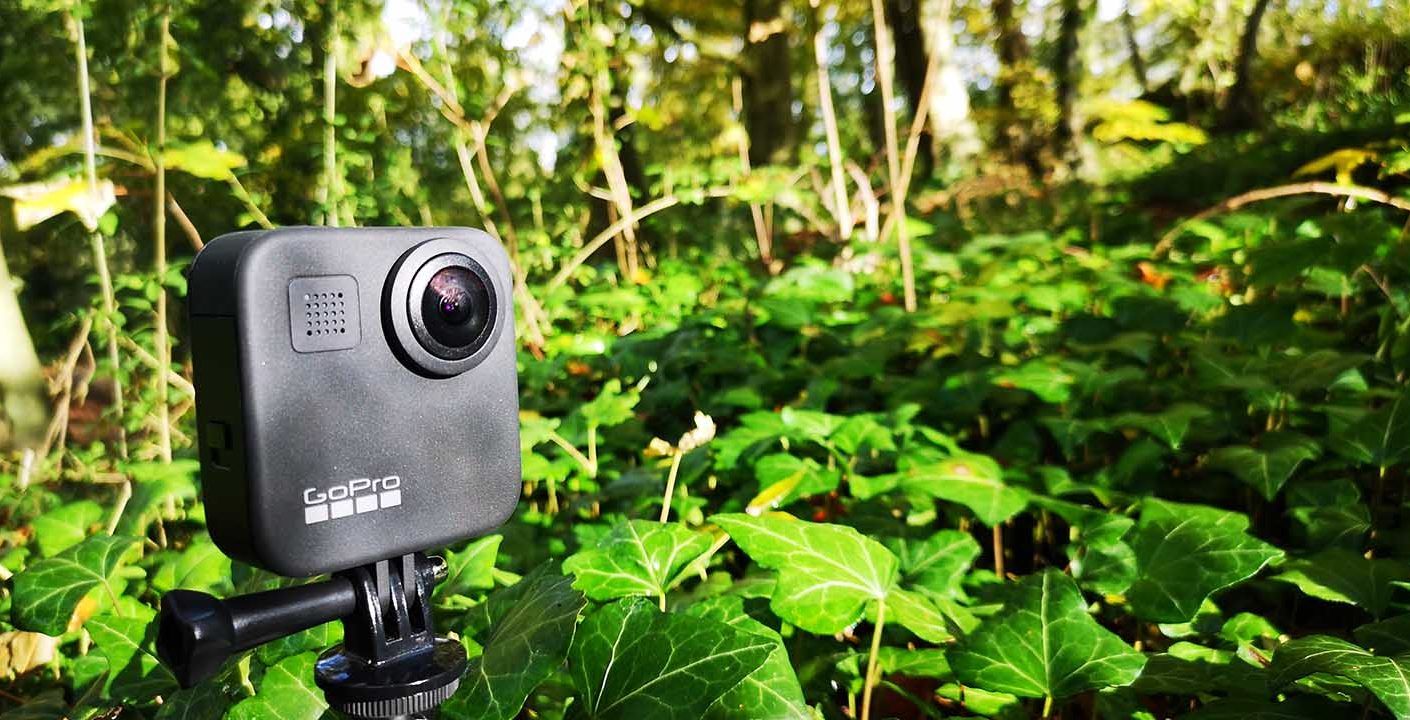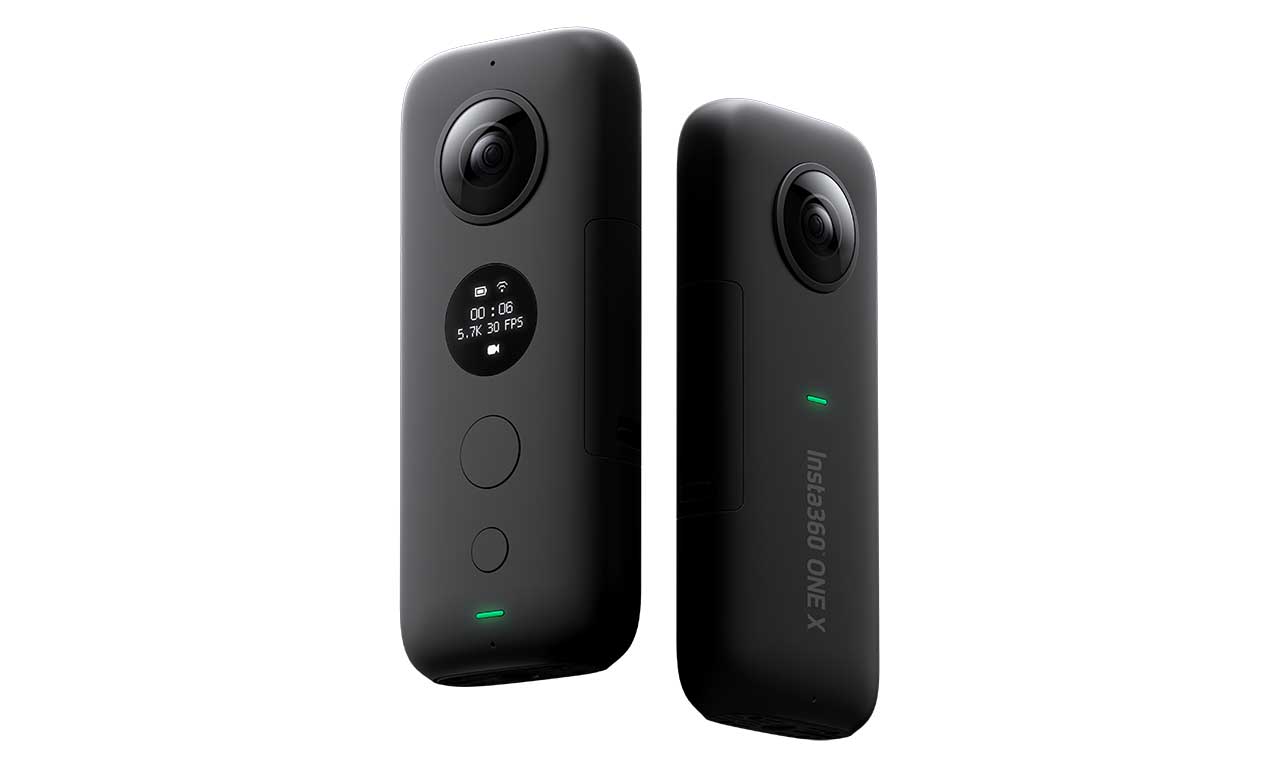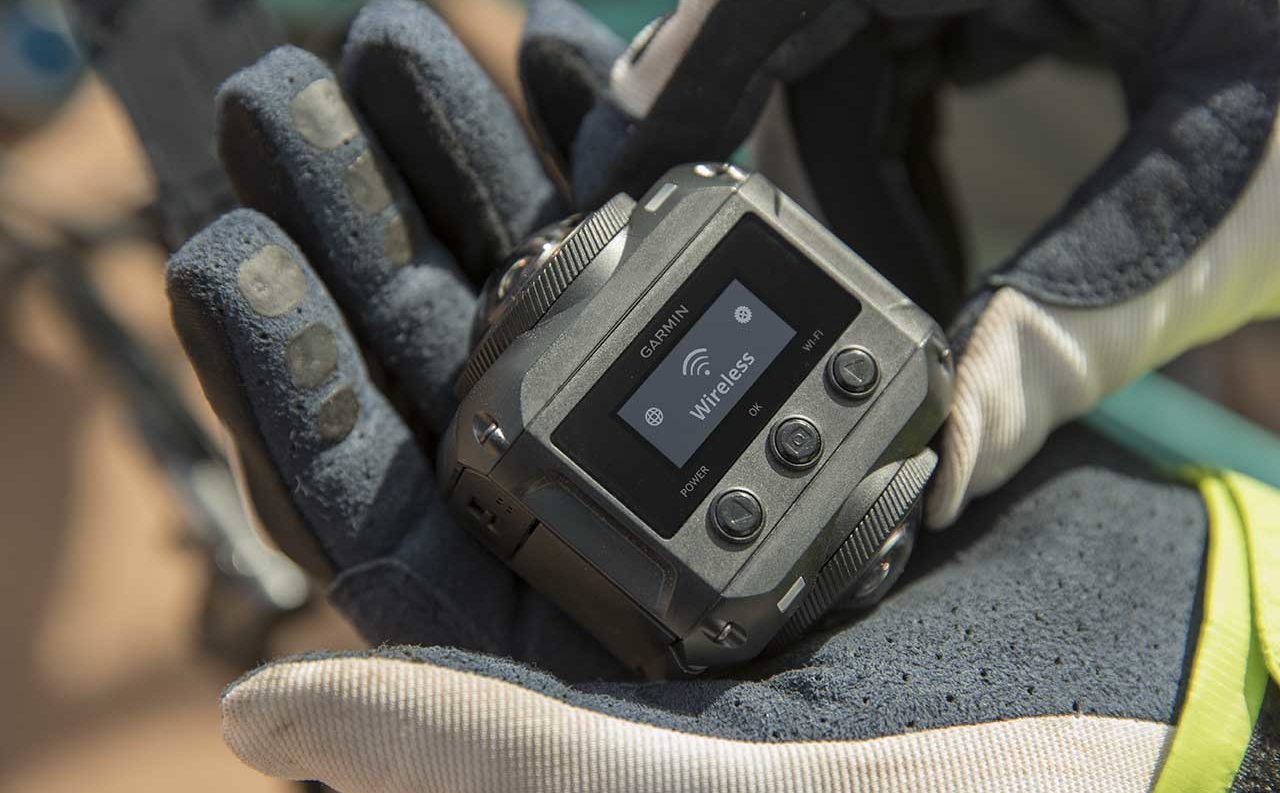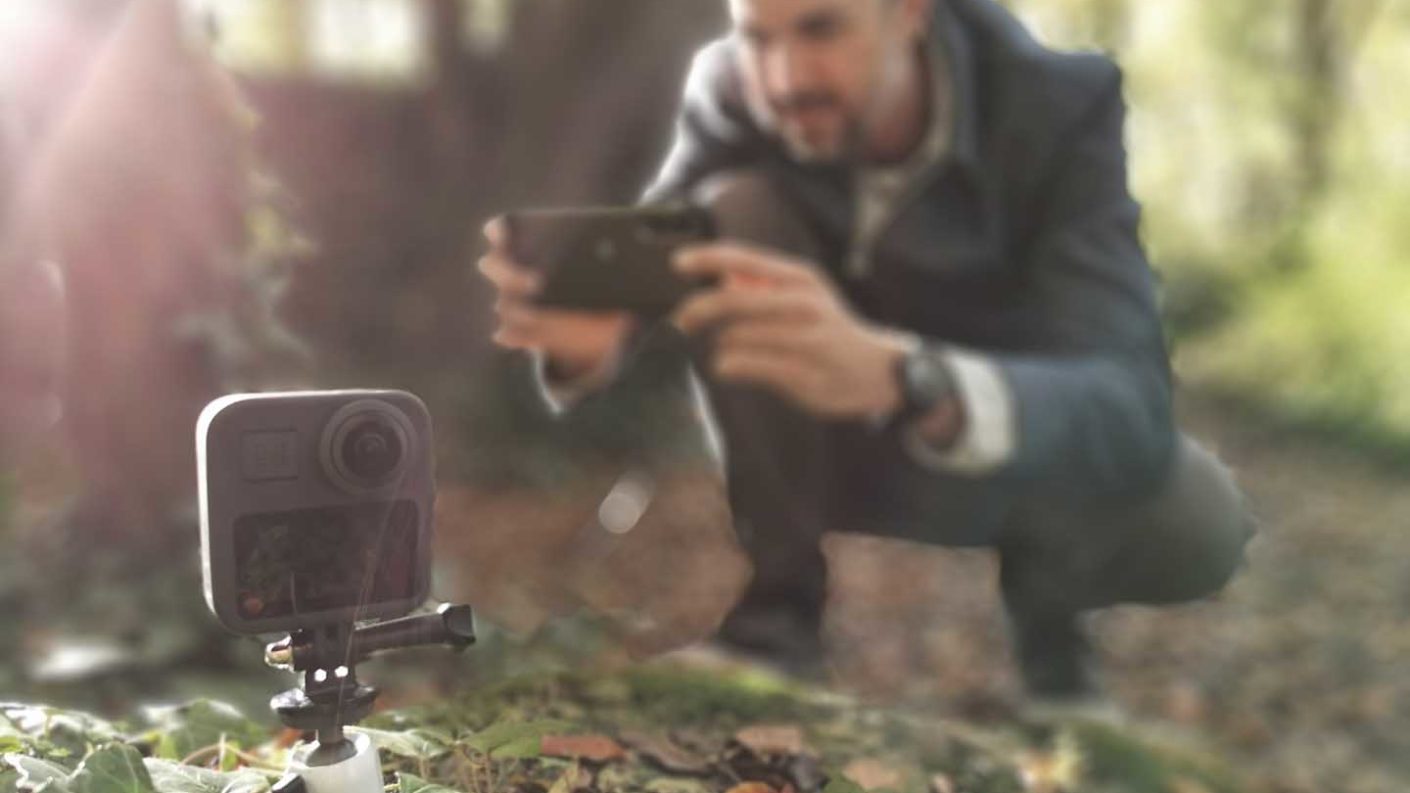People have been making 360-degree images for years, but recently a new breed of ‘360 cameras’ have hit the market promising to end the multiple exposures and hours of stitching frames together in Photoshop.
Such is their convenience, the 360 cameras even remove the need to sweep your camera across a scene, which camera phones introduced as the last great innovation in this niche of photography several years ago. The best 360 cameras even stitch your scenes internally within the camera.
With a dedicated 360 camera you can simply press the shutter button and, depending on the make and model you have, the camera will record your 360 scene with a single fisheye lens or two lens situated back to back.
We had a look at some of the best 360 cameras on the market to find out what they offer for photographers seeking a wider view of the world.
Which 360 cameras shoot 4K?
This is a question we often get on Facebook but, to be honest, most do these days. The better question is which 360 cameras don’t. The Ricoh Theta SC and Ricoh Theta S were probably the last 360 cameras we reviewed that didn’t shoot 4K.
All the cameras on our list of the best 360 cameras shoot 4K, if not higher. The GoPro Max captures 5.7K resolution footage, for instance. But it’s worth remembering that 4K from a tiny sensor like those in 360 cameras isn’t like 4K footage from, say, the Micro Four Thirds Panasonic GH5 or GH5S, or a full-frame Nikon Z6.
Which 360 cameras shoot 5.7K?
Now this is a better question! We already cited the GoPro Max, and 360 camera manufacturers have been ramping up the pixel war. Currently there are four options that offer 5.7K video resolution: the Insta360 ONE X, the HumanEyes Vuze XR, the Garmin Virb 360 and the YI 360 VR.
If you twisted our arm and asked us to pick the best-looking video footage of those three, we’d hand you our Vuze, Garmin and YI cameras and ask you to let our arm go, then run off with the Max and Insta360 ONE X. The others are good cameras, but these two are a more complete package. One could even argue that the ONE X borders on being a professional-level option.
The best 360 cameras you can buy today
All of our picks for the best 360 cameras were based off our experience testing these models. For a deeper dive into the many different camera types and features available, check out our range of camera buying guides.
GoPro Max

Specification
- Cameras: Dual 18MP Source / 16.6MP Stitched
- Stabilisation: HyperSmooth stabilisation
- Video Resolution: 5.6K at 30fps
It’s GoPro’s latest 360º action camera following on from the GoPro Hero Fusion. Many of the old issues with the Fusion have been sorted out and the performance and video quality is impressive.
This is a 360º camera truly designed by GoPro and it features many of the same great options as the GoPro Hero8 Black. For example, HyperSmooth makes an appearance offering unsurpassed image stabilisation and of course, you get to shoot in 4K resolution.
What will really appeal to many users aside from the ability to shoot in full 360º is the re-frame feature.
This enables you to film in 360º and then reframe the shot when editing and exporting to flat 1080p or 4K.
£479
$464For
- Shoot full 360º video
- Features HyperSmooth image Stabilisation
- Reframe your video for 1080p or 4K output
Insta360 ONE X

Specification
- Video Resolution: 5.7K at 30fps, 4K at 50fps, 3K at 100fps
- Stills Resolution: 18 megapixels
- Stabilisation: Built-in FlowState IS technology
A successor to the ONE, the Insta360 ONE X shoots 4K at 50fps and 3K at 100fps in addition to its 5.7K 30fps footage. It can also record 18-megapixel still images.
Last year Insta360 debuted its new FlowState stabilisation technology, and in the ONE X this gets a total revamp so that it can analyse movement in all directions and stabilise your videos without the need of external accessories.
There’s also a new TimeShift feature, which allows users to adjust the speed of different parts of a video, including cinematic slow-motion to emphasise key moments.
TimeShift also allows you to frame your shot in any direction within your spherical video footage. The ONE X’s editing app also allows users to re-frame footage from any vantage point. The app also promises to remove your selfie stick from footage, giving the impression that the ONE X is floating in mid-air.
Other features include a Bullet Time shot, inherited from the ONE, in which the camera captures footage from an orbiting perspective.
There’s also a new Drifter camera dart accessory in which you can snap the ONE X and throw it to capture airborne slow-motion footage Insta360 calls Drift Shots.
For its modest price tag, the Insta360 ONE X packs a lot of spec and functionality and is arguably one of the best 360 cameras you can buy today.
£399
For
- Superb image quality
- Live-streaming capability
- Pocketable, portable design
Garmin ViRB 360

Specification
- Sensor: Dual 1/2.3-inch backside-illuminated CMOS sensors
- Video Resolution: 5.7K resolution
- Stitching: In-camera stitching up to 4K
Garmin has quietly developed perhaps the best 360 camera on the market with the VIRB 360, offering a robust build quality, expansive feature set, ease of use and stellar image quality.
Its 5.7K resolution is among the highest res available at the consumer end of the market; however, for make spherical videos at this resolution you’ll need to use Garmin’s free VIRB Edit software to render the raw footage before sharing it.
Otherwise, the Garmin VIRB 360 stitches your 360 videos and images in-camera at up to 4K resolution, meaning you can share them instantly from your phone via the excellent companion app. Or if you don’t want to use the app, the VIRB 360 has an excellent voice command system allowing you to control the camera remotely and perform all of its functions.
Having tested a lot of 360 cameras, the Garmin VIRB 360 offers probably the best combination of image quality, build, portability, features and ease of use.
£599
For
- Great image quality
- Portability
- Voice control
- Built-in GPS
Specification
- Video Resolution: 5.7K resolution at 30fps, 4K at 60fps and 30fps
- Sensor: Dual 12-megapixel Sony sensors
- Media Type: Shoots 360 and 3D VR180 footage
What sets the Vuze XR apart from other 360 cameras, though, is that it can shoot still images and video in both 360-degree format or stereoscopic VR180 – owing to a clever design feature. In fact, only one other consumer 360 camera can currently offer that, the Kandao Qoocam.
With its dual 12-megapixel Sony sensors and accompanying f/2.4 210⁰ fisheye lenses, the Vuze XR can record video in 5.7K resolution at 30fps in both 360 and VR180 formats. You can also record in 4K @ 60fps and 30fps.
What’s more, the Vuze XR offers a premium build that really sets it apart from many other 360 cameras. It’s up there on par with the GoPro Fusion and Garmin VIRB 360 on our list of best 360 cameras.
Image and video quality is great in average to good light conditions. Content is full of detail, even in shadow areas, and contrast areas are largely free of aberrations. In low light, it does struggle a little with noise, but not more than any other 360 camera.
When you consider that the Vuze XR can shoot both 360 and 180 3D VR, and also livestream video to Facebook and YouTube, you realise you have quite a powerful device all for less than £500 / $500.
If you’ll be using it for vlogging or taking mostly stationary videos, then the Vuze XR is a perfect option.
£399
For
- Multiple image formats
- Live-streaming capability
- Superb stabilisation options in the post-processing software
Specification
- Video Resolution: 4K video at 30fps
- Stills Resolution: 14-megapixel still images
- Sensor: Dual 1/2.3-inch, 12-megapixel sensors
If the GoPro Max’s and Garmin VIRB 360’s 5.6K and 5.7K respective resolutions are just numbers to you, and if you’re not interested in upgrading your memory cards or computer and buying new storage drives to house 4GB 1-minute videos, let alone the higher price tag, then the Ricoh Theta V is probably the best 360 camera for you.
The Theta V is so small you can slip it in the pocket of a tight pair of jeans and not notice it’s there. Images are sharp and detailed, rich with colour and you can share them easily via the much-improved app.
Ricoh has also added four new built-in microphones for better spatial audio and a range of new accessories, such as a microphone and an underwater casing.
For
- 360 livestreaming
- Videos are sharp, detailed and full of colour
- A new processor greatly increases the speed





Leave a Reply
You must be logged in to post a comment.